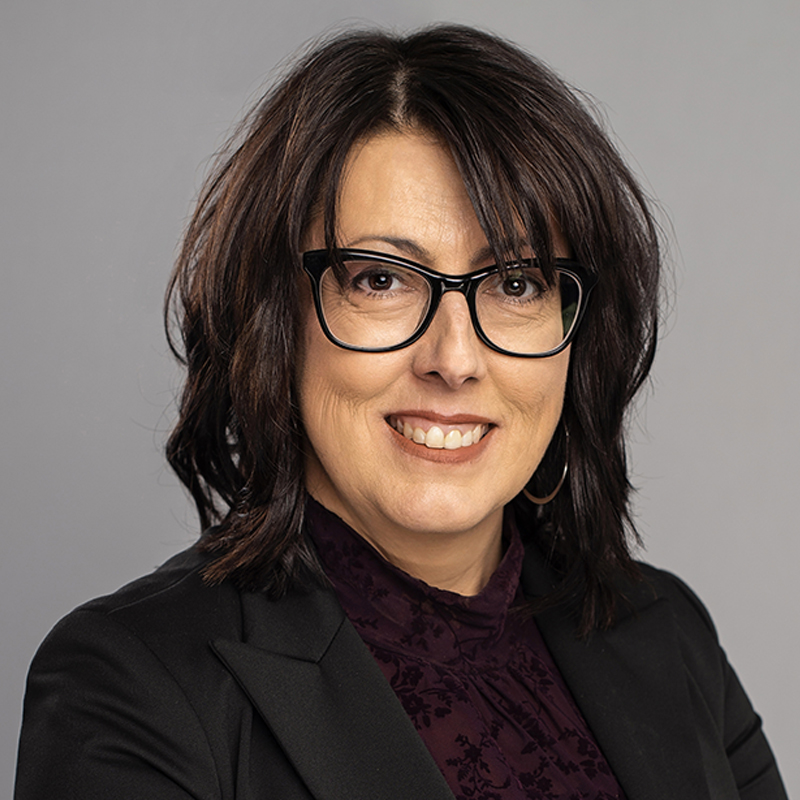Miriam is a 33-year-old single architect. She lives and works in Quebec City, where she has owned a condo in a renovated heritage building for the past six years. She is passionate about her profession and regularly travels to various countries on business, or to satisfy her curiosity and her desire to enrich her cultural knowledge. For her, retirement is still a long way off… Her business success and professional achievements interest her much more than her living conditions three or four decades from now!
Financial and legal situation
| Miriam | |
| RRSP account | $80,000 |
| TFSA account | $30,000 |
| Pension plan | No |
- Miriam works for a well-established architectural firm. She enjoys her work environment, which allows her to get involved in interesting and complex projects.
- She has also just finished paying off her student loans.
- Her condo, well located in a beautiful neighbourhood of Quebec City, is worth around $700,000. She has $400,000 left to pay on her mortgage.
- She has neither a protection mandate nor a will.
- She also has no life insurance.
From salaried employee to shareholder
Since Miriam has a lot of energy and ambition, she would like to become a shareholder in the corporation of the architectural firm she works for. One of the current shareholders is talking about retiring and will soon be selling his shares. She’s wondering how to go about it, and what corporate structure to assume for the transaction.
Points to consider:
- Which factors should she consider if she wants to become a shareholder?
- Would it be better for her to hold the shares directly, or through a management company and/or a trust?
Anie Sansoucy’s advice |
 |
|
Fin. Pl. |
What does becoming a shareholder entail?
Anie regularly advises architects. She believes Miriam is ready to advance her career, but she needs to approach this new step with full knowledge of the facts. “By becoming a shareholder of an established firm, Miriam will likely see her income increase significantly in the years to come. Buying her share in the company requires a substantial sum, which she will have to finance with a bank loan or other potential sources of financing: for example, the current shareholders could agree to stagger payment of the purchase price over several years, or she could obtain a loan from a family member, or mixed financing… Whatever option she chooses, a financial plan will have to be drawn up to ensure that she will be able to repay the borrowed money. However, this shouldn’t cause her any problems, given her ability to generate income. What’s more, in the circumstances, the interest payable on the financing required to purchase the company’s shares will, under certain conditions, be tax deductible.”
Drop in available cash in sight
“During her first three years as a shareholder, Miriam will experience a salary increase, but a reduction in her available cash, because of the loan she will have to repay. She’ll have shareholder status, but her cash won’t increase immediately.”
“I would advise Miriam to speak to an appraiser to determine if the amount she is being asked to pay for the purchase of the shares is fair based on the true value of the business.”
Personal or corporate financing?
Anie continues: “Usually, the best time to consider setting up a management company, from a financial point of view, is when your income generates enough cash to cover your cost of living and maximize your registered investments, but when there’s still an annual surplus that will continue to grow over the years. Given that Miriam has not yet maximized her registered investments, in the short term, it would probably be better for her to obtain personal financing to buy the shares and to consult her tax advisor, who will assess whether, and when, setting up a management company would be appropriate.”
Understand the shareholder agreement
Anie has other advice for Miriam: “Regarding her new status in the firm, Miriam should study the shareholder agreement and make sure it suits her. The purpose of this agreement is to provide protection for the shareholders and balance opposing interests in certain situations. The provisions cover subjects such as planning opportunities (next generation, major business decisions, philanthropy, board of directors), restrictions on disposal of shares, rights of first refusal (family considerations), purchase or sale on death (financing, changes to the board of directors), valuation (choice of method, possible retention of third parties), buyouts on departure of a shareholder (optional or mandatory), non-compete and non-solicitation clauses, and much more.”
“Miriam must ensure that these provisions are appropriate for her, since they will govern her relationship with the other shareholders. It is strongly recommended that she consult an independent legal expert (lawyer or notary) to verify that the agreement meets her needs and that it adequately protects her rights as a future shareholder. If necessary, she could even ask that the agreement be reviewed to take into account her becoming shareholder in the corporation.
For the long term, think trust!
Anie continues: “In terms of corporate structure, Miriam could also consider setting up a trust. Since the purpose of this trust would be to multiply the capital gains exemption over time, Miriam should discuss this with her tax advisor to assess the most opportune time to consider setting it up.”
Verify insurance
“Miriam should take out liability insurance when she becomes a member of the AAPPQ. With her new status as a shareholder, it may be necessary to increase her coverage,” points out Anie. “She’ll need to discuss this with her professional insurer. Disability insurance would be important, and could be held as a shareholder in the architectural firm. She could take out this insurance with the other shareholders. Finally, she will probably also need to take out life insurance to enable other shareholders to buy out her share.”
And retirement?
Even though retirement is still a long way off, Anie feels that certain steps should be taken now to avoid unpleasant surprises later on: “It’s becoming increasingly important for her to ask for a retirement projection to establish her priorities and goals. She already has some savings in her RRSP and TFSA, but she should determine what her annual expenses are and what her financial needs will be in retirement.”
Legal documents: always a must!
Adds Anie: “Since Miriam does not yet have a protection mandate or a will, it’s a priority that she have these two essential documents drawn up for her peace of mind and that of her loved ones.”
Periodic updates required
Anie’s final piece of advice: “A yearly meeting with her financial planner is essential, because a financial plan is not fixed and rigid. Rather, it’s an evolving process that must adapt to changing situations and life circumstances. Miriam may one day want to get married, have children, buy additional shares in the company. She may receive a large inheritance or face less pleasant situations such as an accident or disability. In short, a financial plan is a living thing, so it needs to be adjusted regularly to keep her finances in good health!”
Discussing the impact of her professional and personal decisions with her financial planner, and surrounding herself with experts to advise her, will enable Miriam to move her career in the direction she wants. At fdp, we know your profession and we have the expertise to help you make the best decisions!
The situations described are based on a fictitious case and the interpretation of the information provided should in no way be considered a personalized recommendation. Please consult your advisor.




















